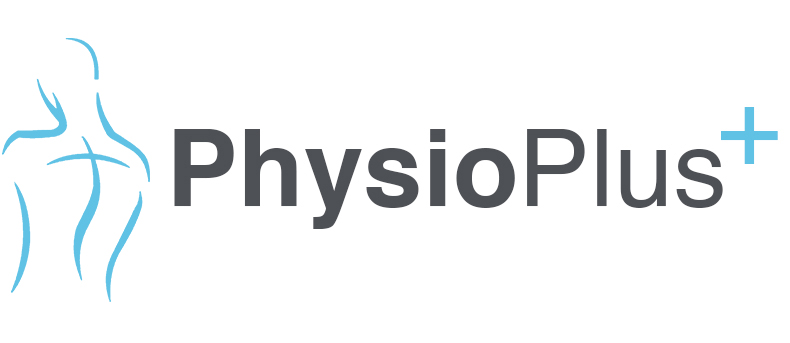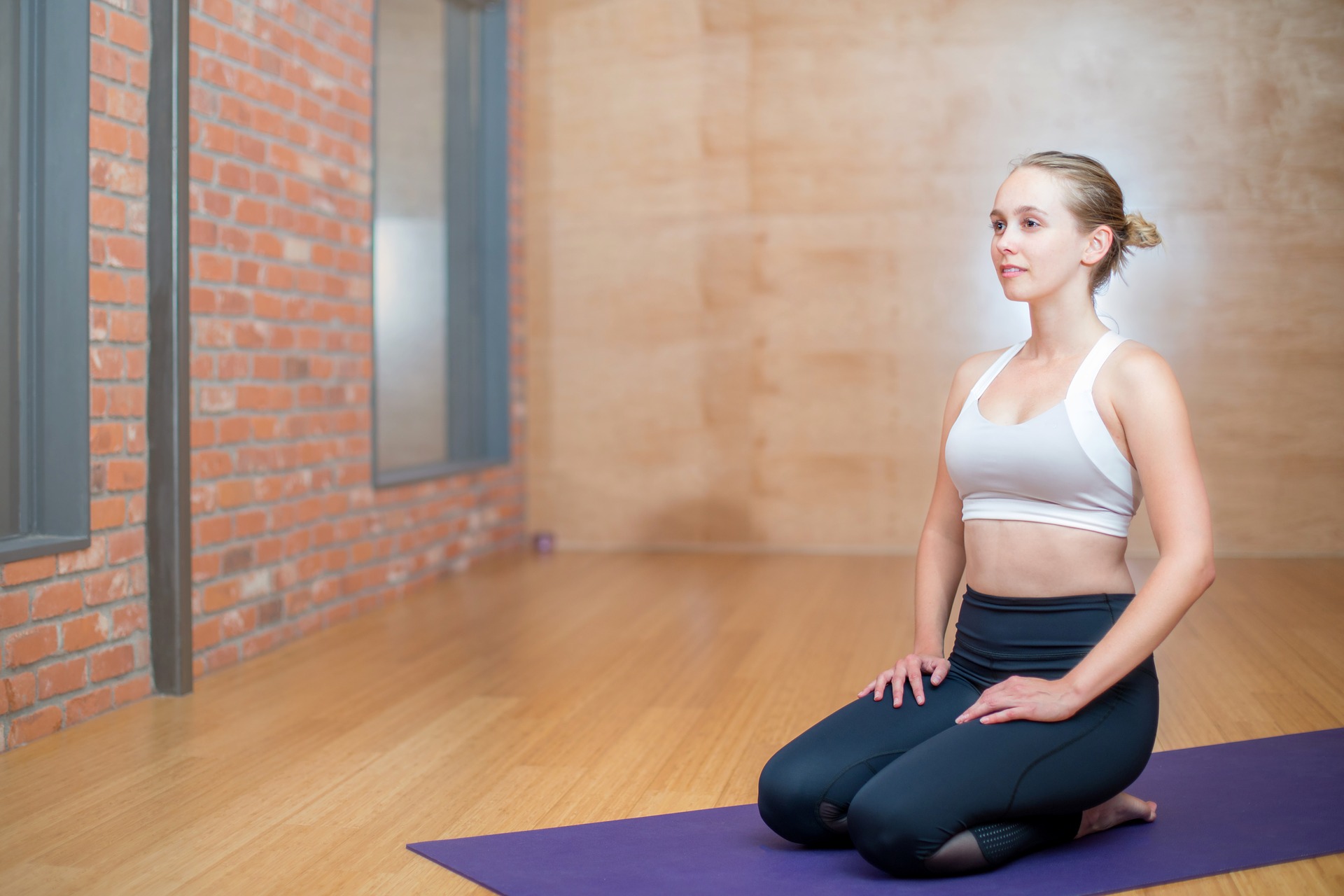The Benefits of Pilates
What is Pilates?
The benefits of Pilates – Pilates was originally designed by Joseph Pilates and is a low-impact, complete body exercise regime which is suitable to a wide range of populations [1].
The original Pilates design has been developed over the years and is now based around 6 key components [2]:
1) Centering:
Also known as our ‘core’ through which all movements begin and end with. Pilates incorporates abdominal and back strengthening components to improve our ability to generate power through our core/centres.
2) Concentration:
Pilates involves bringing your full attention in order to increase our awareness of what is going on in the body whilst we move. Through this, we improve our body’s ability to work with intention and move in a more efficient and effective manner.
3) Control:
Pilates classes focus on developing control of both the body and mind to prevent rushing or the use of momentum during a movement which can hinder our technique.
4) Precision:
The technique adopted during exercises will impact which muscles are used and the effectiveness of the movement. Therefore, each exercise is performed with precision and focus enabling us to work smarter not harder.
5) Flow:
Pilates exercises should flow from one to another with ease, focusing on whole body movements whilst you transition between various body positions.
6) Breathing:
A focus on breathing is implemented throughout Pilates classes to not only exercise our lungs but also synchronise our breathing with movements.
What are the benefits of Pilates?
Research shows Pilates programmes lead to various health improvements, such as:
- Balance
- Flexibility
- Pain
- Disability
- Mindfulness
[3,4,5]
What does Pilates involve?
Pilates exercise can be performed through floor-based exercises on a mat or with the use of specialised equipment.
Classes focus on:
- Improving muscular strength and endurance
- Using the deeper abdominal and back muscles to improve core stability
- Maintaining a ‘neutral spine’
- Flexibility
- Balance
- Breathing
- Mindfulness
Who is it for?
Pilates has been shown to benefit various populations such as:
- Low back pain [6,7]
- Ankylosing spondylitis [8,9]
- Multiple Sclerosis [10,11]
- Postmenopausal osteoporosis [12,13]
- Non-structural Scoliosis [14]
- Hypertension (high blood pressure) [15]
- Chronic neck pain [16]
- Pregnancy [17]
What we provide:
- 1:1 Pre-Class Pilates screening
- 6 week blocks (1 session per week)
- All classes are taught by APPA/ Aus Physio & Pilates Institute instructors
Classes Available:
- Monday 17:45 – 18:45
- Tuesday 20:00
- Wednesday 10:00 and 19:00
- Thursday 09:45, 11:00, 18:00 and 19:10 (pregnancy Pilates)
- Friday 10:00
Want To Find Out More About Pilates?
Please call us now on: 028 9187 1701 or visit our Contact Us page.
References:
- Byrnes, K., Wu, P. and Whillier, S., 2018. Is Pilates an effective rehabilitation tool? A systematic review. Journal of Bodywork and Movement Therapies, 22(1), pp.192-202.
- C. Wells, A. Kolt Gs Fau – Bialocerkowski, A. Bialocerkowski Defining Pilates exercise: a systematic review Complementary Ther. Med., 20 (2012), pp. 253-262
- J.H. Pilates, W.J. Miller. Pilates’ Return to Life through Contrology. Presentation Dynamics Incorporated, Place (1998)
- N. Küçükçakır, L. Altan, N. Korkmaz. Effects of Pilates exercises on pain, functional status and quality of life in women with postmenopausal osteoporosis.J. Bodyw. Mov. Ther., 17 (2013), pp. 204-211
- Z.S. Nóra Tolnai, Ferenc Köteles, Attila Szabo. Physical and psychological benefits of one-a-week Pilates exercises in young sedentary women: a 10-week longitudinal study. Physiol. Behav., 163 (2016), pp. 211-218
- A. Anand, M. Caroline, B. Arun, L. Gomathi. A study to analyse the efficacy of modified Pilates based exercises and therapeutic exercises in individuals with chronic non specific low back pain: a randomized controlled trial. Int. J. Physiother. Res., 2 (2014), pp. 525-529
- Mostagi, J.M. Dias, L.M. Pereira, K. Obara, B.F. Mazuquin, M.F. Silva, M.A.C. Silva, R.R. de Campos, M.S.T. Barreto, J.F. Nogueira, T.B. Lima, R.L. Carregaro, J.R. Cardoso. Pilates versus general exercise effectiveness on pain and functionality in non-specific chronic low back pain subjects. J. Bodyw. Mov. Ther., 19 (2015), pp. 636-645
- L. Altan, N. Korkmaz, M. Dizdar, M. Yurtkuran. Effect of Pilates training on people with ankylosing spondylitis. Rheumatol. Int., 32 (2012), pp. 2093-2099
- M.O. Roşu, I. Ţopa, R. Chirieac, C. Ancuta. Effects of Pilates, McKenzie and Heckscher training on disease activity, spinal motility and pulmonary function in patients with ankylosing spondylitis: a randomized controlled trial. Rheumatol. Int., 34 (2014), pp. 367-372
- A. Guclu-Gunduz, S. Citaker, C. Irkec, B. Nazliel, H.Z. Batur-Caglayan. The effects of pilates on balance, mobility and strength in patients with multiple sclerosis. NeuroRehabilitation, 34 (2014), pp. 337-342
- A. Kalron, U. Rosenblum, L. Frid, A. Achiron. Pilates exercise training vs. physical therapy for improving walking and balance in people with multiple sclerosis: a randomized controlled trial. Clin. Rehabil., 31 (3) (2017), pp. 319-328
- N. Küçükçakır, L. Altan, N. Korkmaz. Effects of Pilates exercises on pain, functional status and quality of life in women with postmenopausal osteoporosis. J. Bodyw. Mov. Ther., 17 (2013), pp. 204-211
- E. Angın, Z. Erden, F. Can. The effects of clinical pilates exercises on bone mineral density, physical performance and quality of life of women with postmenopausal osteoporosis. J. Back Musculoskelet. Rehabil., 28 (2015), pp. 849-858
- M.E. Alves de Araújo, E. Bezerra da Silva, D. Bragade Mello, S.A. Cader, A. Shiguemi Inoue Salgado, E.H.M. Dantas. The effectiveness of the Pilates method: reducing the degree of non-structural scoliosis, and improving flexibility and pain in female college students. J. Bodyw. Mov. Ther., 16 (2012), pp. 191-198
- D.T. Martins-Meneses, H.K.M. Antunes, N.R.C. de Oliveira, A. Medeiros. Mat Pilates training reduced clinical and ambulatory blood pressure in hypertensive women using antihypertensive medications. Int. J. Cardiol., 179 (2015), pp. 262-268
- F. Scollay. The effect of Pilates and home-based exercise on pain, disability, and quality of life in people with chronic non-specific neck pain: a randomised controlled trial. Master Osteopat. Unitec Inst. Technol (2016)
- Mendo, H. and Jorge, M., 2021. Pilates method and pain in pregnancy: a systematic review and metanalysis. Brazilian Journal Of Pain, 4(3).

